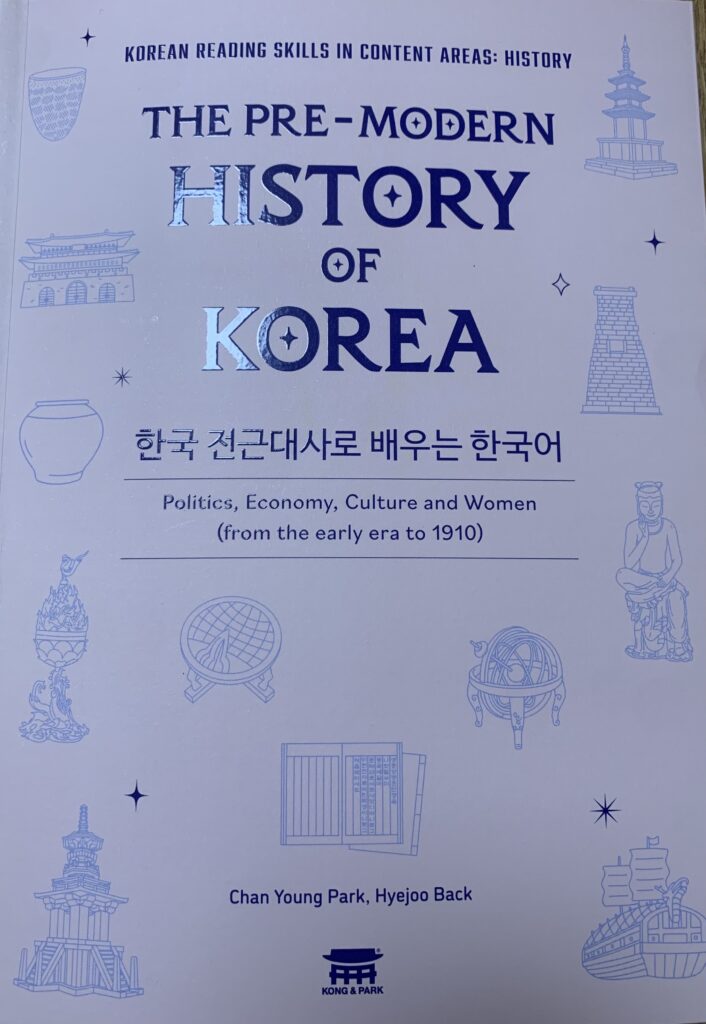Language, beyond being a means of communication, serves as the embodiment of culture and history, acting as the vessel through which stories are conveyed, knowledge is transmitted, and identities are forged. Within this fusion of language, culture, and history, emerges the book“Pre-Modern History of Korea” written by Wesleyan Professor and Co-Curricular Coordinator of the Korean program, Hyejoo Back, with co-author Chan Young Park, Director of the Korean Language Program at the University of Massachusetts Amherst.

Language, beyond being a means of communication, serves as the embodiment of culture and history, acting as the vessel through which stories are conveyed, knowledge is transmitted, and
identities are forged. Within this fusion of language, culture, and history, emerges the book “Pre-Modern History of Korea” written by Wesleyan Professor and Co-Curricular Coordinator of
the Korean program, Hyejoo Back, with co-author Chan Young Park, Director of the Korean Language Program at the University of Massachusetts Amherst. This project, inspired by a passion for teaching and a dedication to providing a valuable resource for students and
professors, offers an intriguing exploration of Korean culture and history.
Inspired by her students’ interest in Korean history and the lack of a dedicated textbook in this
area, Professor Back set out to create a finely-tailored history book for Korean language learners.
With the support of the Five College Innovative Language Teaching Grant, a part of the Mellon
Foundation Grant, she explored both pre-modern and modern Korean history, specifically
catering to advanced Korean learners.
“The Pre-Modern History of Korea” extends beyond a conventional history book. It weaves
together the intricate threads of history and language, allowing readers to delve into the past
while acquiring high-level vocabulary and a deeper understanding of Korean culture. The book
divides Korean pre-modern history into eight topics, covering politics, foreign relations,
economy, culture, and more, all presented diachronically. Each chapter offers activities for
reading, writing, speaking, and listening, enabling Korean teachers to create integrated culture
classes and providing learners with a well-rounded grasp of the language. Additionally, this book
includes vocabulary chosen and explained according to the international Korean language
curriculum, making it a valuable tool for students and educators alike.
Looking ahead, Professor Back is already advancing to the next chapter of her journey—an
upcoming book on modern Korean history, soon to be published. This work is poised to extend
the exploration of language, culture, and history, offering students and educators another
valuable resource. With an eye on the future, Professor Hyejoo Back’s dedication to this
interdisciplinary approach promises even more enriching insights into the rich tapestry of Korean history and language.
Stay tuned for her upcoming projects, and for students currently enrolled in Korean language
courses, don’t miss the opportunity to take part in her class, “Exploring Korea Through a
Multifaceted Cultural Lens.” This immersive course offers a unique opportunity to explore
various aspects of Korean culture, spanning from the traditional to the contemporary, including
elements such as cuisine, music, religion, and more.


